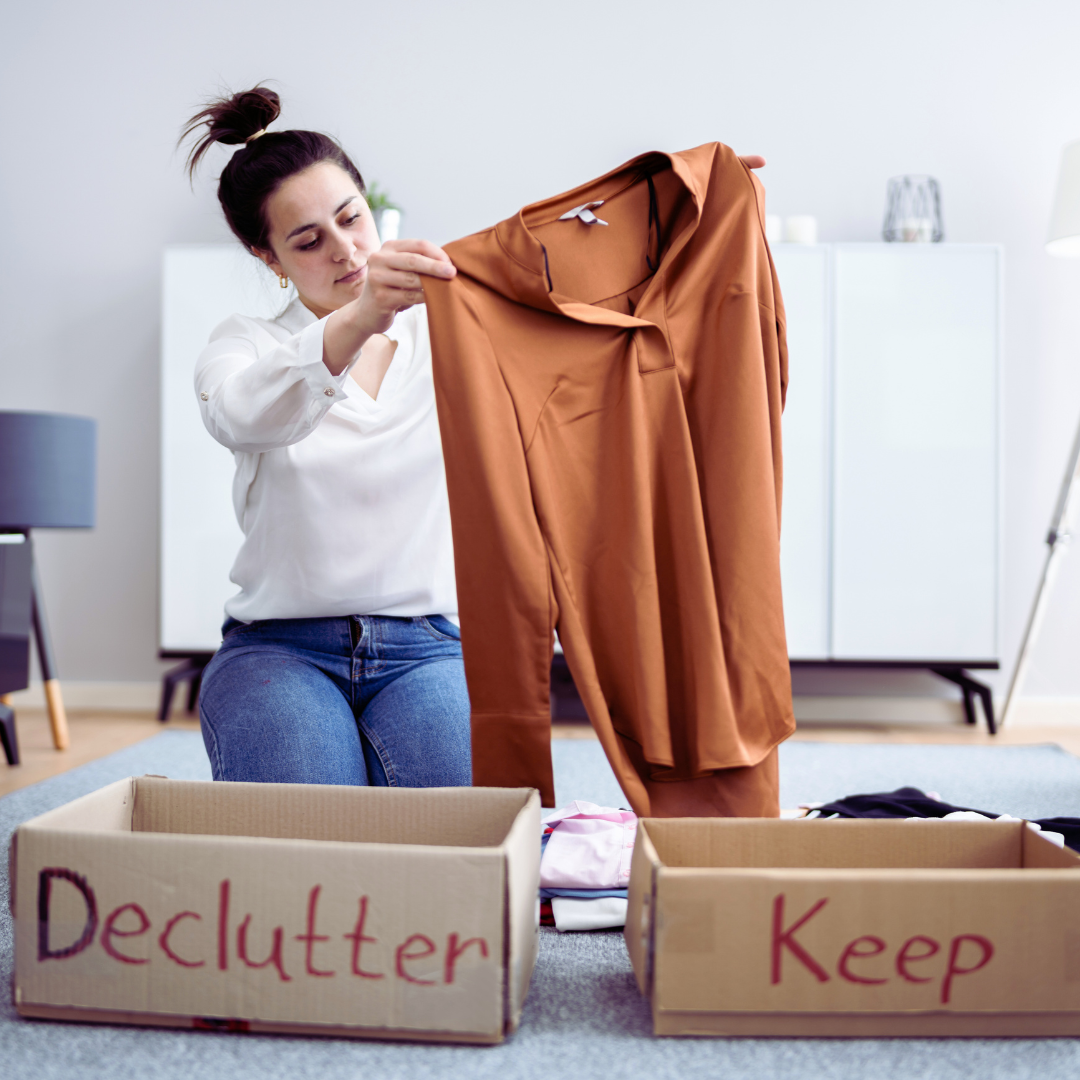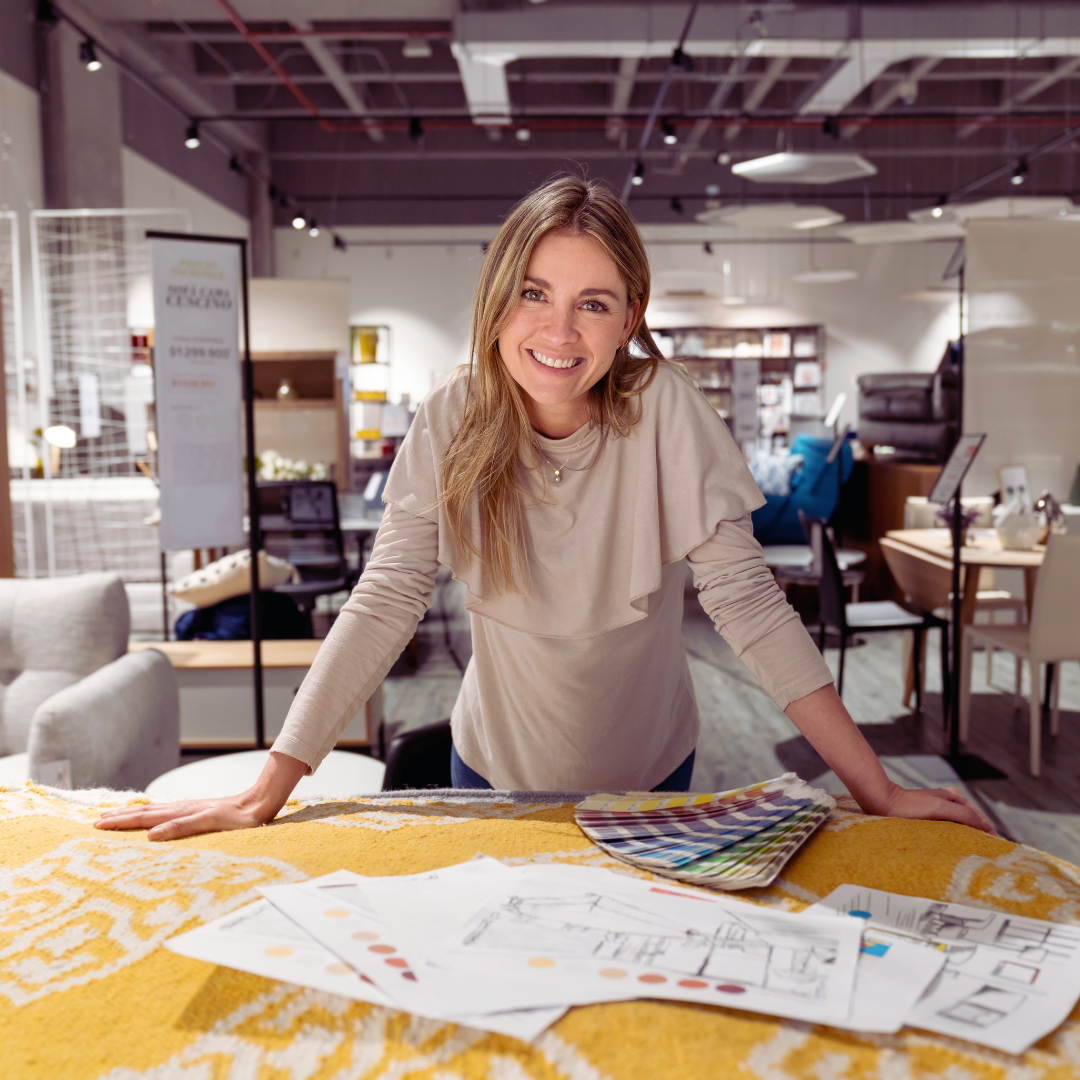Decluttering can seem daunting, especially when it comes to items with sentimental value. Many individuals fear losing memories tied to their possessions. The key to successful decluttering lies in distinguishing between items that hold true emotional significance and those that do not.
By approaching the process mindfully, one can retain meaningful memorabilia while letting go of unnecessary clutter. Strategies such as prioritizing keepsakes that evoke strong emotions and setting limits on how much can be kept will assist in making informed decisions.
This balanced approach not only clears physical space but also enhances mental clarity. Readers will discover practical tips to navigate the delicate balance between tidying up and honoring cherished memories.
Understanding Sentimental Clutter and Its Emotional Impact
Sentimental clutter often represents cherished memories and emotional connections. Understanding its profound impact on decision-making is essential for effective decluttering. Exploring the meaning of sentimental value, the emotional challenges faced during the letting-go process, and the reasons behind holding onto these items provides valuable insights.
The Meaning of Sentimental Value
Sentimental value refers to the emotional attachment individuals have to specific items. These items may symbolize important life events, relationships, or periods of personal growth. For instance, a child’s drawing can evoke feelings of nostalgia and love. This connection often transcends the physical worth of the item, making it difficult to part with.
The memories tied to these items can create a sense of identity and continuity. When someone holds onto an object for its sentimental value, they inadvertently preserve a piece of their history. Recognizing this value helps individuals assess what truly matters when deciding what to keep or discard.
Common Emotional Challenges When Letting Go
Letting go of sentimental items can induce a range of emotions, from sadness to guilt. Many individuals feel they are betraying memories or relationships by discarding an item. This conflict often leads to procrastination and indecision.
Fear of forgetting the associated memories can make the process harder. Some struggle to distinguish between an item’s emotional significance and its practical use. Developing strategies for coping with these emotions, such as reflecting on the purpose of the item, can aid in the decluttering process.
Why We Hold Onto Sentimental Items
Individuals often cling to sentimental items due to the emotional comfort they provide. These belongings serve as tangible reminders of love, connection, and life’s milestones. Whether it’s a wedding dress or a family heirloom, such items narrate personal stories.
Fear of loss plays a significant role in this attachment. Individuals may worry that by letting go of these objects, they may lose the memories associated with them. Additionally, cultural influences can impact the perceived importance of certain items, reinforcing the instinct to hold onto them despite the clutter they may create.
Practical Strategies for Decluttering Without Losing Emotional Connections
Effective decluttering involves intentional approaches that respect sentiment while creating space. By using clear strategies, individuals can protect their emotional ties to items while still achieving a tidy environment.
Setting Intentions and Goals
Before starting the decluttering process, it is essential for individuals to set clear intentions and goals. Defining a purpose can guide decisions on what to keep and what to let go. For instance, one might aim to create a more organized living space or to simplify their environment.
Writing down specific goals helps in tracking progress. Individuals may want to list items that hold particular significance. This clarity can provide a strong foundation, ensuring that emotional connections are honored throughout the decluttering journey.
Sorting and Categorizing Keepsakes
Sorting keepsakes into categories helps clarify what truly matters. Individuals can create distinct groups such as family heirlooms, travel souvenirs, and personal achievements. This method allows for easier evaluation of each item’s emotional value.
Using labeled bins or boxes can enhance organization. For example, a box marked “Childhood Memories” can hold drawings, toys, and photographs from youth. By organizing items this way, individuals can assess their attachments and make informed decisions on what to keep.
Establishing Criteria for What to Keep
Establishing personal criteria for retention is vital in the decluttering process. Individuals might consider asking themselves questions like:
- Does this item bring joy?
- Is it useful?
- Does it hold significant memories?
By applying these criteria consistently, it becomes easier to let go of items that don’t meet the standards. Creating a decision-making flowchart can assist in visualizing the process, turning emotional consideration into practical decisions.
Creating a Memory Box or Special Storage
A memory box serves as a tangible way to preserve emotional connections. Individuals can choose a decorative box where they store small keepsakes that hold the greatest sentimental value. This method not only saves space but also allows for easy access to cherished memories.
Special storage areas can be customized to enhance the experience. For instance, a shelf dedicated to family memorabilia can keep items visible yet organized. Using clear containers can help in identifying contents at a glance while minimizing clutter.
Creative Ways to Preserve Memories and Reduce Clutter
Preserving memories while reducing clutter can be achieved through innovative methods that maintain sentimental value. By digitizing physical items, donating thoughtfully, and transforming keepsakes into usable items, individuals can simplify their spaces.
Digitizing Photos and Memorabilia
Digitizing photographs and memorabilia is a practical way to store memories without the physical bulk. High-resolution scans of photos can be stored on cloud services, making them easily accessible from any device.
Additionally, individuals might consider designing digital photo books. They can compile favorite photographs and memories into a structured format. Using apps or software, users can create visual narratives that maintain the essence of cherished moments.
Creating digital calendars with photos can serve as both a functional tool and a display of family memories. This method not only organizes important dates but also highlights memorable images throughout the year.
Thoughtful Donation and Sharing with Others
Donation offers a meaningful way to share cherished items while reducing clutter. Items that hold sentimental value for one person might resonate with another. By donating to local charities or shelters, it becomes possible to give objects new life.
Community centers often welcome donations of memorabilia for events or exhibitions. This ensures that personal stories enrich the lives of others.
Gifting specific items to friends or family members who appreciate them maximizes sentimental value. Personal notes explaining the significance of each item can deepen connections and create shared memories.
Transforming Items Into Usable Keepsakes
Transforming sentimental items into usable keepsakes can keep memories alive while minimizing clutter. For example, a favorite T-shirt can be made into a quilt or pillow, allowing individuals to keep the memory close while enjoying practical use.
Old photographs can be turned into coasters or magnets. This not only preserves the images but also integrates them into daily life.
Artwork created from memorabilia can also be displayed creatively. Picture frames, shadow boxes, or even wall collages can showcase several items together, merging aesthetics with sentimentality and creating a unique display for the home.
Embracing Minimalism Without Losing Meaning
Minimalism allows individuals to simplify their lives while still cherishing important memories and values. By integrating practices like gratitude, maintaining a streamlined lifestyle, and recognizing the long-term benefits, one can navigate the process without sacrificing meaning.
Practicing Gratitude and Reflection
Practicing gratitude helps in acknowledging the value of items kept. It’s beneficial to take a moment to reflect on why certain possessions hold meaning. This can involve journaling about experiences related to each item or setting aside time to appreciate them.
One effective method is to create a gratitude list. This can include items that evoke happy memories or represent accomplishments. By focusing on the positive aspects, it becomes easier to let go of items that are no longer significant.
This reflection fosters a mindset that emphasizes quality over quantity. It enables individuals to retain only those items that truly reflect their values and experiences, ensuring that sentimental significance is preserved while decluttering.
Maintaining a Minimalist Lifestyle
Incorporating minimalism into daily life involves selective purchasing and intentional living. Individuals can start by setting strict guidelines for new items. Consider creating a rule, such as the one-in, one-out policy, where acquiring a new possession means letting go of an existing one.
Following a checklist for decluttering can enhance focus. This may include categories like clothes, decorations, and books. It encourages a systematic approach and can be done gradually to avoid overwhelming feelings.
Building a minimalist lifestyle often leads to financial benefits. By investing in fewer, high-quality items, money can be saved in the long run. This creates a sense of freedom, as financial stress diminishes, allowing for a better quality of life.
Long-Term Benefits: Reduced Stress and Greater Freedom
Adopting a minimalist lifestyle can lead to significant stress reduction. A clutter-free environment promotes tranquility and clarity, making daily tasks more manageable. People often report enhanced focus when surrounded by fewer distractions.
There are also emotional benefits associated with minimalism. Letting go of excess baggage—both physical and emotional—can lead to a clearer perspective on what truly matters. This aligns with their personal missions and core values.
In the long run, minimalism can foster deeper connections. With fewer material distractions, individuals are more likely to invest time in relationships and experiences that enrich their lives. This creates a sense of freedom and fulfillment that material possessions often cannot provide.





Be the first to reply